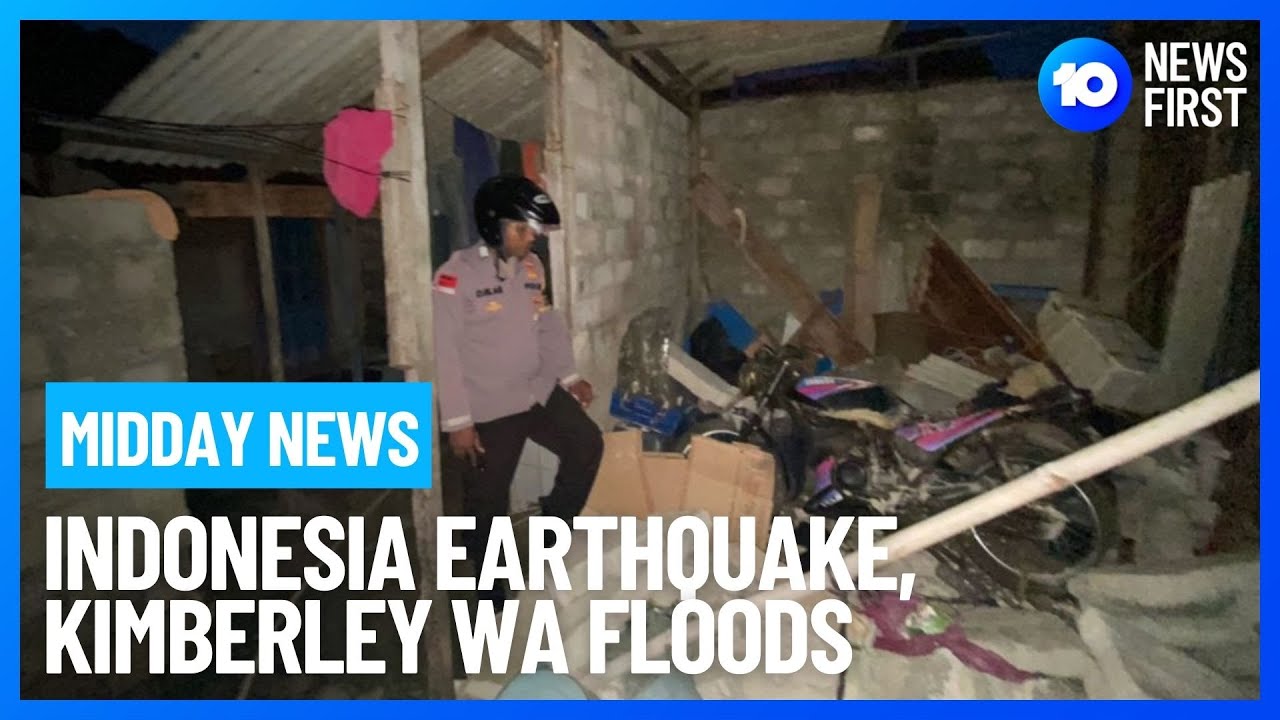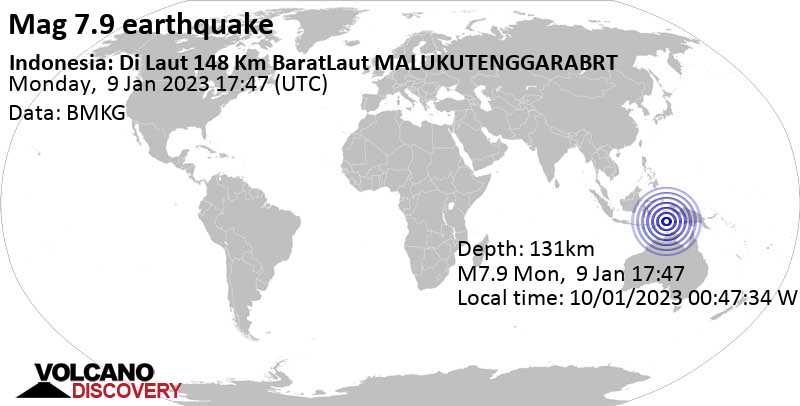“It has frequently rained during the dry season in the last three years, however, this year, the rain intensity will decrease considerably,” BMKG head Dwikorita Karnawati projected at a press conference here on Friday.
This might increase the potential for forest and land fires, especially in Sumatra and Kalimantan, thus, preventive measures must be carried out early, she added.
According to the results of the BMKG’s monitoring of the sea surface temperature in the central and eastern Pacific Ocean, currently, the intensity of the La Nina phenomenon is continuing to weaken.
The phenomenon is predicted to continue to weaken and then shift to the El Nino – Southern Oscillation (ENSO) phenomenon in February–March 2023.
Meanwhile, the ENSO-neutral condition has been predicted thereafter until mid-2023 and there is a 40–50 percent chance the condition will last until the end of the year, Karnawati said.
However, there is also a relatively equal chance that the ENSO-neutral condition will develop into a weak El Nino, especially after June–August 2023.
“Based on the records, a weak El Nino, which occurs after the middle of the year, generally lasts shortly,” Karnawati said.
Earlier, the BMKG forecast above-normal monthly rainfall in northern Sumatra as well as eastern and northern Kalimantan from February to March 2023.
Furthermore, Bali, West Nusa Tenggara, East Nusa Tenggara, North Sulawesi, Maluku, and North Maluku are predicted to experience high rainfall in February.
Meanwhile, central and southern Papua are projected to record high rainfall in June.
Less-than-normal monthly rainfall is likely in central Sumatra, central Kalimantan, central Sulawesi, and Papua in the period from February to March.
Most parts of Sumatra and Java may also get less rainfall from May to June.
Acting deputy for climatology at the BMKG, Dodo Gunawan, informed that several areas on the islands of Java, Bali, and Nusa Tenggara are expected to experience a transitional period from the rainy season to the dry season from March to May.
The local government and the community have been advised to stay vigilant against the potential of extreme weather phenomena, such as heavy rains, thunderstorms, and strong winds, during the transitional period.
Although the transitional period can be short, it often triggers several hydrometeorological disasters, Gunawan added.
Related news: BMKG detects nine hotspots in East Kalimantan
Related news: BMKG records 10 aftershocks after 7.0M Maluku Sea quake
Related news: Rock deformation in Indo-Australian plate triggered 5.1-M quake: BMKG




































